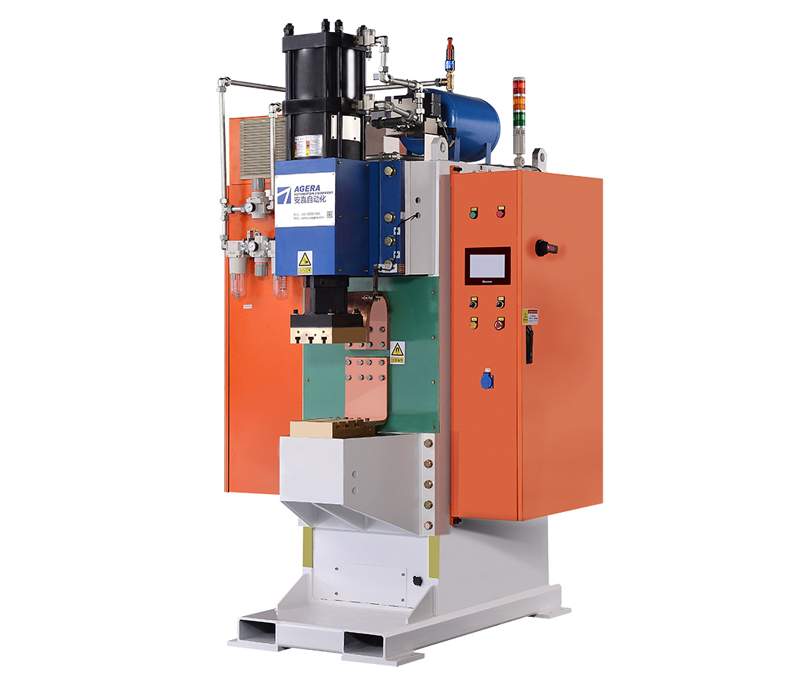Pressure control is a critical aspect of ensuring optimal performance and consistent weld quality in Capacitor Discharge (CD) spot welding machines. This article explores why pressure control is of paramount importance and how it influences the welding process and final results.
The Importance of Pressure Control in Capacitor Discharge Spot Welding:
- Weld Quality and Strength: Proper pressure control directly impacts the quality and strength of welds. Insufficient pressure can lead to weak or incomplete welds, compromising the integrity of the joint.
- Electrode Wear and Lifespan: Excessive pressure can accelerate electrode wear and shorten their lifespan. Conversely, maintaining the appropriate pressure reduces wear, resulting in longer-lasting electrodes.
- Consistency and Repeatability: Pressure control ensures consistent welding conditions for each weld cycle. This consistency is vital for producing uniform and repeatable welds, especially in mass production settings.
- Minimizing Deformation: Controlling pressure helps minimize the deformation of workpieces during the welding process. This is crucial for maintaining the dimensional accuracy of welded components.
- Avoiding Damage: Improper pressure control can lead to damage to the workpieces, electrodes, or even the welding equipment itself. Appropriate pressure levels prevent such issues.
- Energy Efficiency: Optimal pressure control can enhance energy efficiency by ensuring that the required pressure is applied without unnecessary excess force.
Methods of Pressure Control in Capacitor Discharge Spot Welding:
- Mechanical Pressure Control: This involves using mechanical mechanisms to regulate the force applied during welding. It can be achieved through pneumatic or hydraulic systems.
- Servo-Controlled Pressure: Advanced CD spot welding machines use servo-controlled systems to precisely adjust pressure during the welding process. This allows for real-time monitoring and adjustments.
- Force Feedback Systems: These systems use sensors to measure the actual force applied during welding and provide feedback to the control system for adjustments.
- Automated Control Algorithms: Modern machines use sophisticated algorithms to adjust pressure based on factors such as material thickness, electrode wear, and other welding parameters.
Pressure control is a fundamental aspect of achieving high-quality welds, ensuring electrode longevity, and maintaining consistent performance in Capacitor Discharge spot welding machines. By understanding the significance of pressure control and utilizing advanced control mechanisms, manufacturers can enhance weld quality, reduce electrode wear, and improve overall efficiency in their welding processes.
Post time: Aug-10-2023



